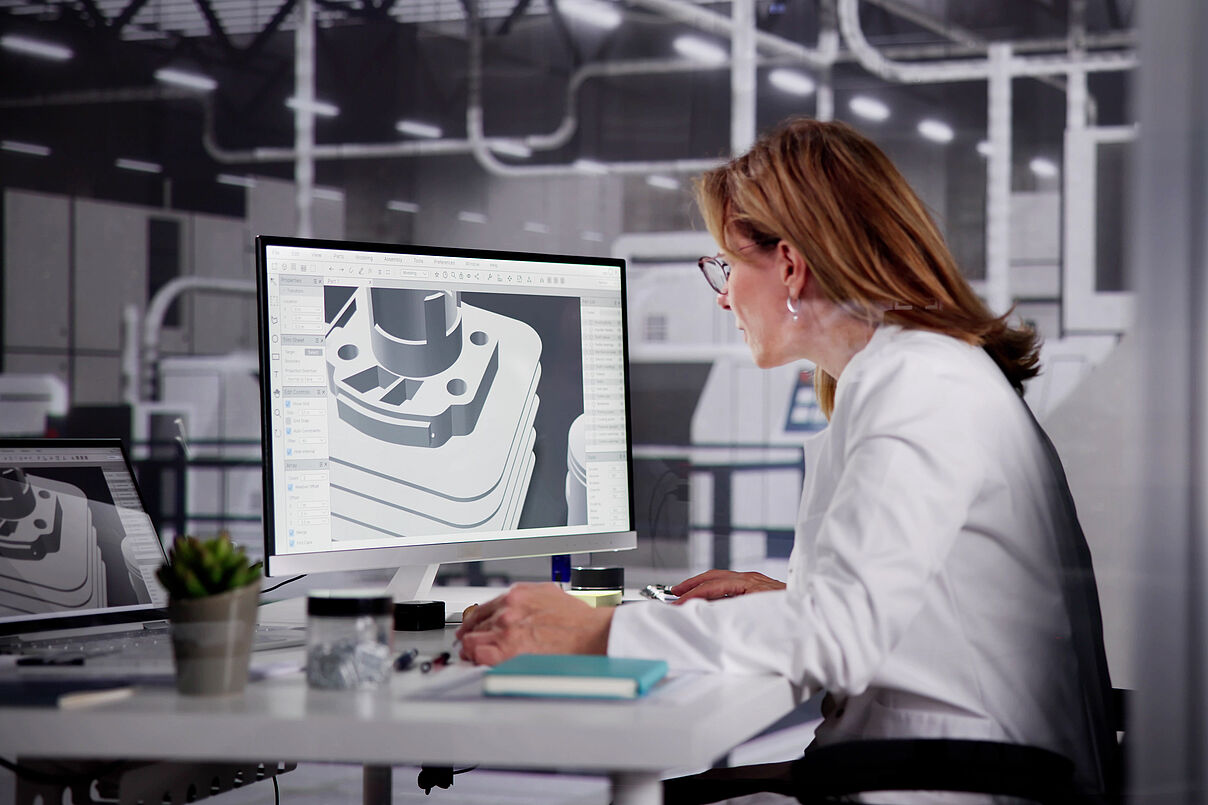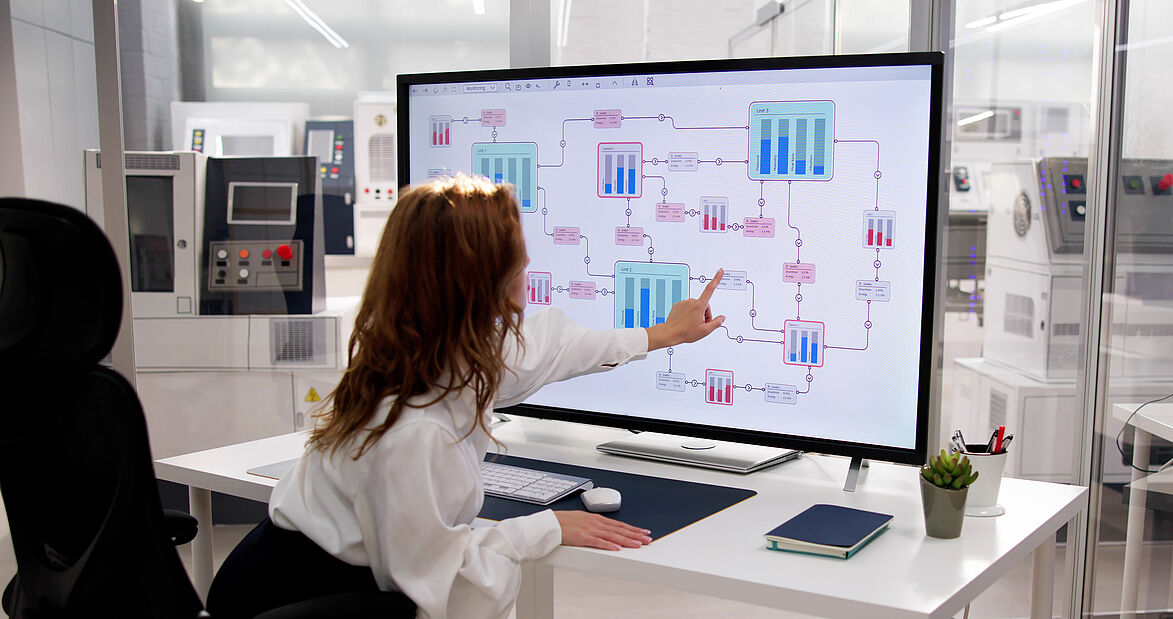Over the past few decades, digitalization and networking have led to a huge increase in the complexity of industrial software solutions. This applies to both the technological basis and their usability. The question is how to simplify the multi-layered functionality required in the specific application.
There is hardly a production step that is not digitally mapped or linked to the processes surrounding it – right up to the business management levels. In addition, there is further networking with value creation stages outside of one's own company.
This development is existential. On the one hand, it enables significant productivity increases, helps conserve resources and makes it possible to make better decisions faster. This ensures market share and competitiveness. On the other hand, it has led to a significant increase in the complexity of the underlying processes and the supporting IT systems.
The call for simplification in concrete application has long since become an essential requirement for industrial IT. The goal is to design software in such a way that it provides the required functionality and can be flexibly adapted to new requirements, while also being easy to use. Approaches to achieve this are summarized under the term “simplification”.
Three of these approaches, which are generally considered fundamental, are presented below.
1. Context sensitive views
Bank transfers, doctor's appointments, smart home applications: every day, people use apps on their smartphones, tablets and other devices to make their lives easier. If an application is too complicated, it is deleted and a better one is installed. It's not quite that simple in industry.
However, this does not change the fact that people also project their experiences with corresponding usage scenarios onto their working day. Their expectations are clear: software systems must be easy to use in both private and professional life. Only in this way can they fulfill their purpose and provide real support.
Manufacturers of industrial software are taking this expectation into account, among other things, by simplifying interfaces and offering only data and information that is tailored to the respective concrete processes or work steps. This significantly simplifies the input of data and considerably accelerates individual as well as higher-level company processes.

2. Automated processes
Another approach is to automate processes based on workflows and decision tables. These allow defined process variants to be reliably and easily implemented in practice and stabilized at the same time. In particular, decision tables provide a powerful addition to (BPMN) workflow engines: the input parameters supplied with a process can be used to generate further parameters to control the processes. This means that “m” output parameters can be generated from a combination of “n” input parameters using DMN (Decision Model and Notation). Companies use DMN primarily to implement certain business rules, for example to control the selection of resources depending on order parameters such as cycle times, quantities to be produced or quality requirements.
Combining BPMN and DMN makes it possible to create not only linear process flows with the classic branches, but also process variants dependent on any number of initial parameters. The processes run automatically and according to the applicable business rules. Users no longer have to intervene.
However, caution is advised here too to avoid over-engineering. After all, the top priority is to ensure that the complexity remains manageable.
3. AI-supported input aids
The third simplification approach involves the use of artificial industrial intelligence (AI). The idea is that software offers users trained processes and learned input patterns based on the situation. This means that users are supported in data entry by RPA (robotic process automation), which automatically processes clearly structured processes based on rules. This means that process variants that have not been thought of in advance or processes that are not clearly structured cannot be automated. At the same time, AI and corresponding algorithms recognize patterns, repetitions, similarities or even (new) regular processes. Based on pattern recognition, AI can consequently recognize further business rules and offer them to the user.
In this way, AI not only simplifies and accelerates the operation of industrial software, it also improves data quality and creates the basis for the automation of further processes.

